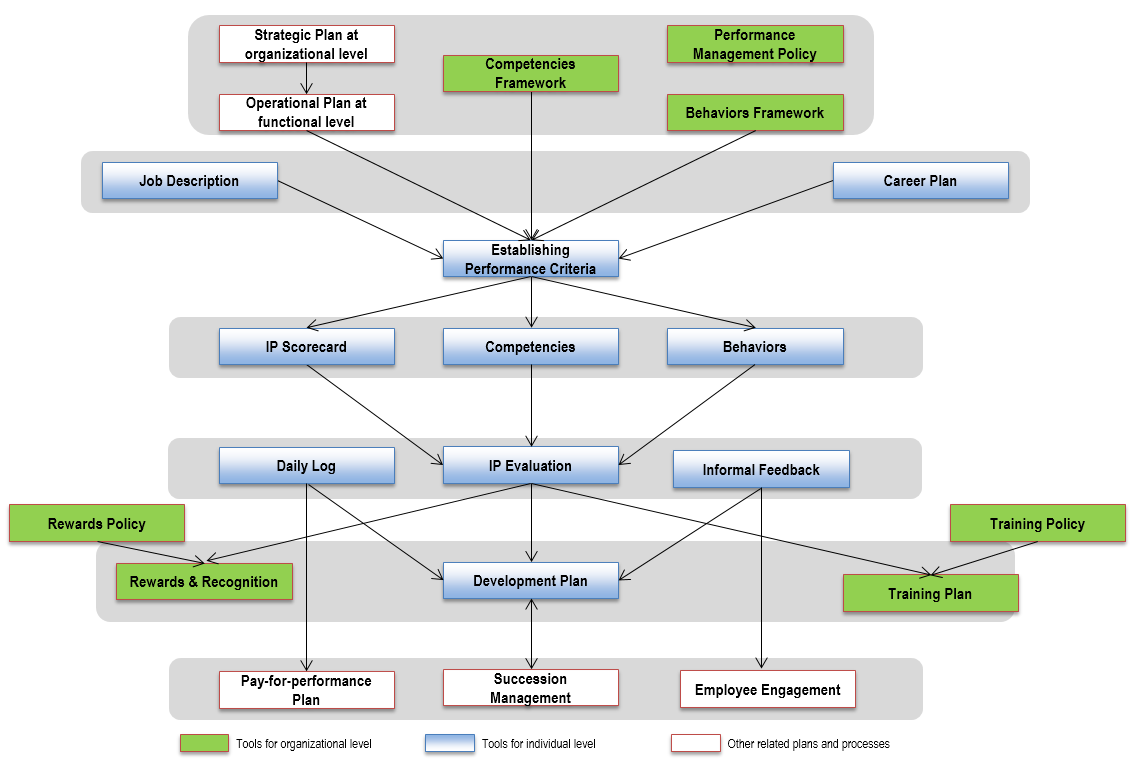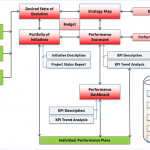How to adopt a systematic approach to employee performance?

Which company in this world doesn’t want to have the most performant employees on the market? This is one key aspect which fuels the strategy implementation, growth and the organization’s competitive advantages. Reaching high levels of performance actually translates into a calibration of people processes covering the entire employment cycle from selection and recruiting to engagement initiatives and implementation of retirement policies. This leads to adopting an organizational performance culture in which talent is developed in-house.
Indeed, companies don’t always have the budget for hiring experts; however, a culture of performance compensates this through leveraging on potential and training skills while consolidating best practices. The saying “Hire attitude and train skills” has a well-defined place in this context. To ease the transition process from junior to expert level, records of best practices, desired behaviors, and required competencies should be stored into a company library accessible to both talent development teams and employees.
Driving employee performance requires a systematic approach starting with the moment of identifying talent gaps. The KPI Institute’s Research team offers a hands-on solution to this problem. They have developed and mapped the architecture of an employee performance management system comprising essential tools and processes related to such a system.

The employee performance architecture emphasis on individual staff contribute to company success, connecting the dots between Strategic plans developed at organizational level to sustainable solutions for creating a high engagement level and assuring succession continuity.
Following a step-by-step implementation, we start analyzing the main sources for developing performance criteria.
Firstly, we look at what is the company planning to achieve over the next period. This will be enclosed in the strategic plans and cascaded to departmental levels through strategic objectives. Depending on the new projects that arrive and the important investments in pipeline, skills gaps are to be identified and addressed. Whether we are looking to get new people on board or to implement performance improvement initiatives, the competencies and the behavior frameworks available within the company help us to set the criteria against which a person is assessed. How we do that? It is a good question to be addressed by the Performance management policy defining the entire performance flow in the organization.
Performance criteria at individual level is also directly linked to job description, which offers the specific elements to be considered during the evaluation process and impact on the evolution of the employee according to his/her career plan.
The next step is to integrate these criteria into easy-to-use tools for performance evaluation. And here, The KPI Institute brings three different dimensions covering the individual performance evaluation. There is the quantitative side, where results are assessed based on KPIs and targets commonly agreed upon with the employee. The instrument used in this respect is the Individual Performance Scorecard. The second dimension is related to the level of competences (knowledge and skills) required to perform the job according to performance standards and finally, but equally important, is the way a certain employee acts during his work, in relation with colleagues, clients, etc. Employee behaviors are also a reflection of the way the company’s values are transferred into every day activity, being an important element of organizational culture.
In order to support the objectivity of an evaluation process, extra information may be used. This is where a daily log comes into place. An assessor, as it is the case of direct managers, could use such an instrument to track the evolution of an employee between two evaluation cycles. Considering the fact that it is common to have an early evaluation process, the informal feedback is provided in real time, and could be seen as a powerful tool to improve things on the way.
Depending on the evaluation results, further training and improvement actions could be considered, based on the identified needs. On the other side, good performances are formally rewarded, according to the rewarding policy of the company. In order to foster the performance climate, managers have a lot of new creative options to inspire themselves from, to motivate and reward employees driven by the performance spirit. This is a constant challenge for executives and we will address it in a dedicated post in the future.
Finally the performance system has a direct effect on employee engagement level, while, on the long term, it ensures future talent availability through succession planning.
For a deep dive into the EMPS architecture, we invite you to explore each of the tools during our Certified Employee Performance Professional course.
Image source:

Tags: Employee Performance, Performance Management Architecture





